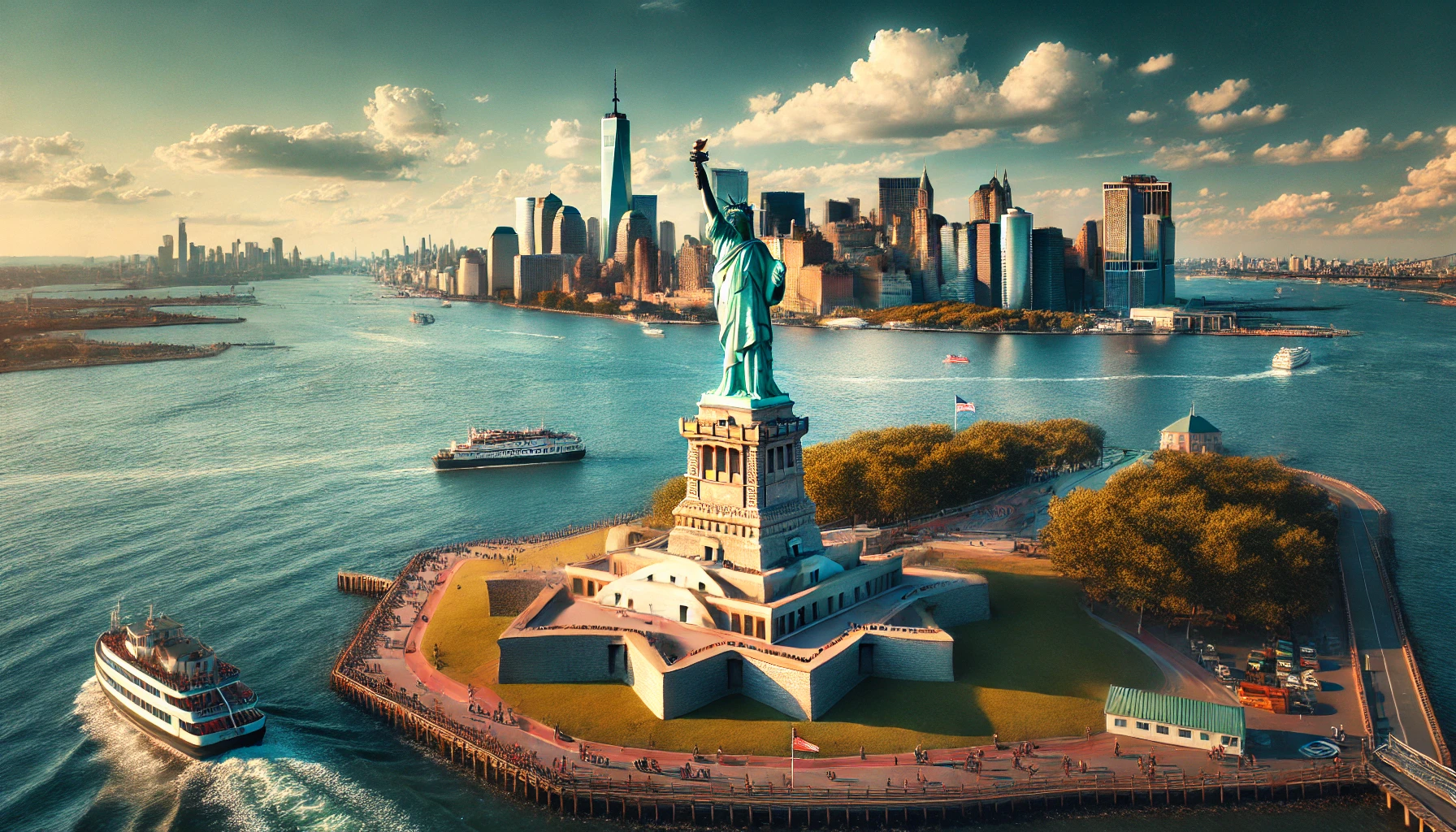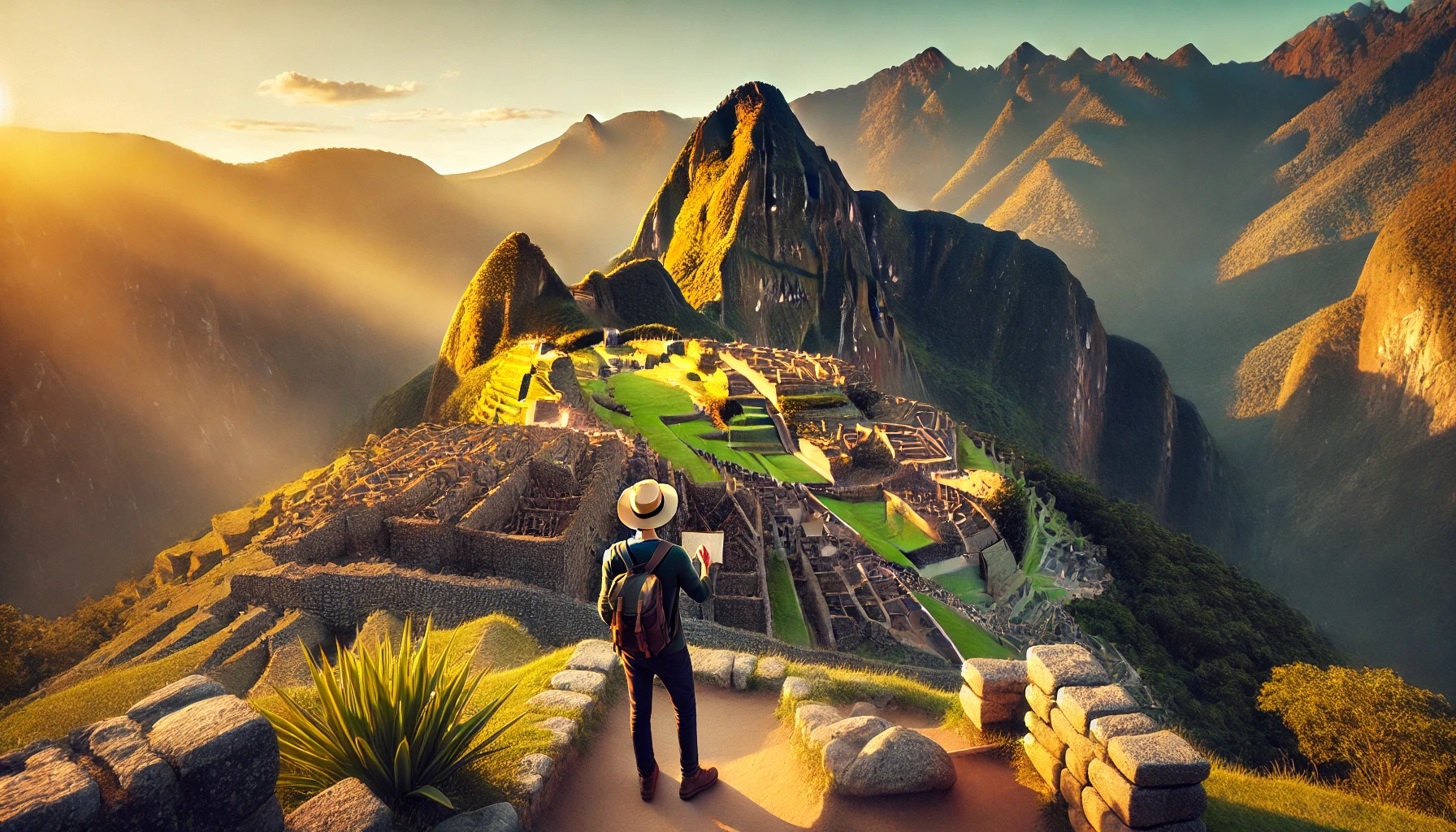
Traveling the world in 80 days sounds like an adventure pulled straight from the pages of Jules Verne’s classic novel, but today, this ambitious trip is more feasible than ever. Imagine circling the globe, experiencing diverse cultures, breathtaking landscapes, and unforgettable moments—all in under three months. If wanderlust fuels your spirit, let this be the ultimate guide to embarking on a global adventure.
Planning Your 80-Day Adventure: Key Steps to Success
To successfully travel the world in 80 days, meticulous planning is crucial. From setting a route to understanding logistics, here’s how to make it happen.
Selecting a route is perhaps the most exciting and challenging part of the journey. Opt for a path that allows you to experience iconic cities, natural wonders, and hidden gems. For example, start in London, move through Europe, head toward Asia, and cross the Pacific Ocean to explore the Americas. This will give you a taste of different cultures while optimizing your travel time.

Incorporating destinations with direct flight routes and efficient transport links can also streamline the trip. Popular options include following airline alliances like Star Alliance or OneWorld, which offer flexible round-the-world tickets.
Traveling the globe in 80 days requires financial preparation. Set a realistic budget covering flights, accommodations, meals, and activities. Research deals on airfare and consider using travel apps that offer discounts.
Booking early is essential, especially for flights and high-demand attractions. If you’re traveling during peak seasons, accommodations can fill up quickly, so securing them in advance will save you both time and stress.
Packing for an 80-day trip spanning various climates can be daunting. The key is to pack light yet effectively. Opt for versatile clothing that can be layered, along with essentials like travel adapters, first-aid kits, and portable chargers. Remember, a well-packed carry-on is your best companion for hopping between cities and continents.
Exploring Iconic Destinations on a Global Adventure
A journey around the world in 80 days isn’t complete without visiting some of the planet’s most iconic spots. Here are a few unmissable highlights.
Your whirlwind journey could begin in Europe, the birthplace of countless explorations. Start in London, where Phileas Fogg embarked on his fictional journey, and marvel at landmarks like Big Ben and the Tower of London.

Head to Paris, the City of Light, and indulge in its culinary delights while gazing at the Eiffel Tower. From there, venture east to Rome to uncover the ancient wonders of the Colosseum and Vatican City. The diversity of history, art, and culture in Europe sets the tone for the adventure ahead.
Three days in each city can provide ample time to explore its highlights, savor local cuisines, and immerse yourself in the local vibe. Use high-speed trains to travel efficiently across the continent.
Asia offers a blend of ancient traditions and futuristic landscapes. Begin in Istanbul, the bridge between Europe and Asia, before heading to India to marvel at the Taj Mahal in Agra.

Continue to Southeast Asia, exploring Thailand’s temples, Vietnam’s Ha Long Bay, and Singapore’s modern marvels. Don’t miss Japan’s iconic Mount Fuji or South Korea’s bustling Seoul. Each destination adds a unique flavor to your journey, from serene spiritual sites to cutting-edge cities. Asia’s affordability and welcoming hospitality make it ideal for budget-conscious travelers without compromising on experiences.
After crossing the Pacific Ocean, the Americas offer an exhilarating finish to your trip. Start in Los Angeles, with its Hollywood glamor, then head to New York City, where the Statue of Liberty and Times Square await.

South America also boasts treasures like Machu Picchu in Peru and Rio de Janeiro’s Christ the Redeemer. These destinations provide the perfect blend of natural wonders and cultural experiences to end your journey on a high note. Three to four days in major cities allow you to soak up their vibrant energy, indulge in local cuisine, and take in stunning views.
Challenges of Traveling the World in 80 Days
While the prospect of such a journey is thrilling, it comes with its share of challenges. Being prepared can make a world of difference. Hopping between time zones can disrupt your body clock. Combat this by staying hydrated, adjusting your sleep schedule, and getting plenty of rest on flights.

A well-rested traveler enjoys their adventures more fully. Navigating unfamiliar cultures can be challenging but enriching. Learning a few phrases in the local language, respecting traditions, and maintaining an open mind will help you adapt.
Maintaining good health while traveling is vital. Pack essential medications, avoid overexertion, and choose hygienic food options. Travel insurance is non-negotiable to handle any unexpected health emergencies.
Why Traveling the World in 80 Days is Worth It
The experience of circumnavigating the globe in such a short time is life-changing. It’s not just about checking places off your bucket list but about the personal growth and memories you gain along the way.

Traveling introduces you to people from diverse backgrounds, creating opportunities for lifelong friendships and cultural exchanges. From learning patience to mastering time management, the challenges of traveling globally refine your character and broaden your worldview.
Finally, completing a trip around the world in 80 days provides you with a treasure trove of stories to share with friends, family, or even an audience if you choose to document your journey.
Conclusion
Embarking on an 80-day journey around the world is an ambitious yet rewarding endeavor. By planning meticulously, staying adaptable, and embracing each destination, you’ll create memories to last a lifetime. Whether inspired by Jules Verne or driven by wanderlust, this adventure promises to transform your perspective on life and the world.
Now, it’s time to pack your bags and let the adventure begin.








